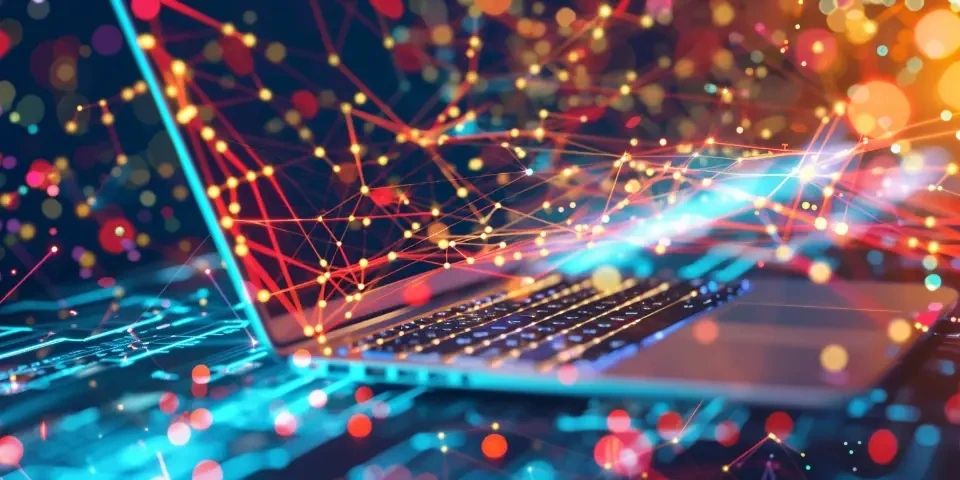Protecting Your Work AI Copyright Remover Balancing Rights and Accessibility
With the rapid advancement of artificial intelligence (AI), copyright protection has become a major concern for content creators. While AI can greatly aid in content creation and distribution, it also poses a threat by enabling the removal of copyright information. This article explores the delicate balance between protecting copyright rights and ensuring accessibility in the face of AI copyright removal tools.
The Impact of AI Copyright Removers
AI copyright removers are software tools that utilize machine learning algorithms to identify and remove copyright watermarks, metadata, or other forms of identification from digital content. While these tools may have legitimate uses such as data anonymization or content analysis, they also open the door to unauthorized use and infringement.

The Potential Benefits
1. Content Accessibility: AI copyright removers can enhance accessibility by removing barriers imposed by copyright information, allowing individuals with visual impairments or other disabilities to access and interact with digital content more effectively.
2. Research and Education: AI-powered tools can aid researchers and educators in analyzing large datasets without being hindered by copyright restrictions. This can lead to the discovery of new insights and advancements across various fields.
The Copyright Challenges
1. Unauthorized Use: AI copyright removers can enable individuals to remove copyright information without permission, leading to unauthorized use, distribution, and monetization of copyrighted content.
2. Loss of Attribution: Removing copyright information hampers the ability of content creators to be properly attributed for their work, potentially impacting their reputation and future opportunities.
Striking a Balance
1. Robust Copyright Education: Educating content creators about the importance of copyright protection can help them understand the risks associated with AI copyright removers. Increased awareness can aid in making informed decisions about watermarking and other protective measures.
2. Technological Solutions: Developing advanced watermarking techniques that are resistant to AI removal tools can help protect copyright information while still ensuring accessibility.
3. Legal Frameworks: Governments and international organizations should revise and update existing copyright laws to address the challenges posed by AI copyright removers. This includes stricter enforcement and penalties for unauthorized use.
4. Collaboration with AI Developers: Content creators and AI developers should work together to find a middle ground that balances the accessibility benefits of AI tools with the need for copyright protection. Regular dialogues and collaborations can help in creating tools that prioritize both aspects.
Frequently Asked Questions
Q: Can AI copyright removers be used for malicious purposes?
A: Yes, these tools can facilitate copyright infringement and unauthorized use of digital content, potentially leading to financial losses for content creators.
Q: Are there any alternatives to AI copyright removers?
A: Yes, content creators can use other protective measures such as licensing agreements, digital rights management (DRM) systems, and embedding copyright information within the content itself.
Q: How can AI copyright removers impact content monetization?
A: By removing copyright information, AI copyright removers make it easier for individuals to monetize copyrighted content without permission, diminishing the revenue potential of content creators.
References:
1. World Intellectual Property Organization (WIPO). (2021). Artificial Intelligence and Copyright. https://www.wipo.int/edocs/pubdocs/en/wipo_pub_1055.pdf
2. Samuelson, P., & Bernfeld, A. (2019). Artificial intelligence and copyright. IIC-International Review of Intellectual Property and Competition Law, 50(7), 771-814.
Explore your companion in WeMate